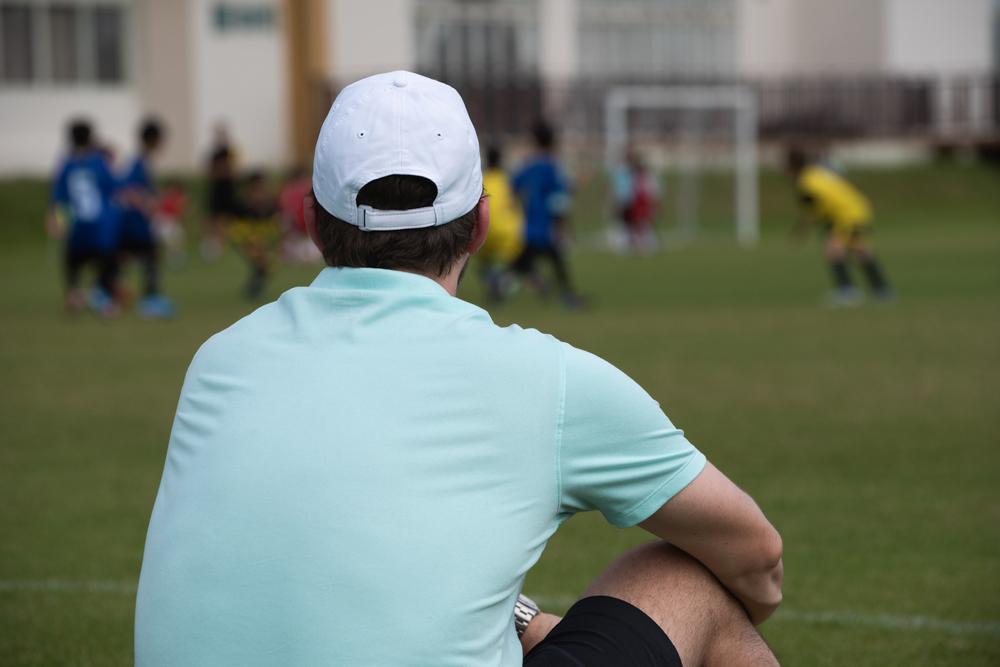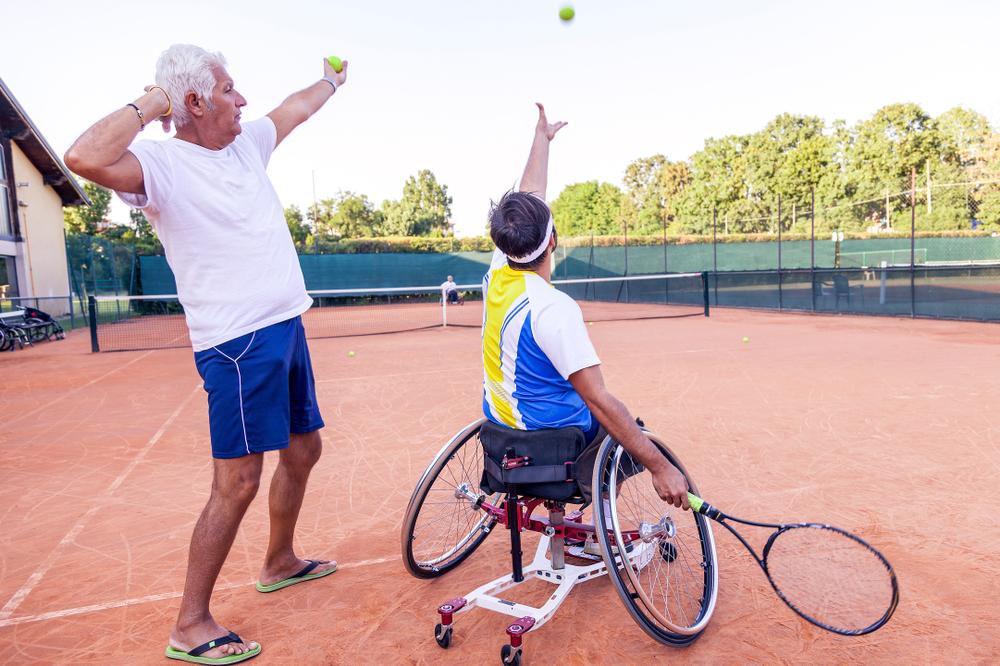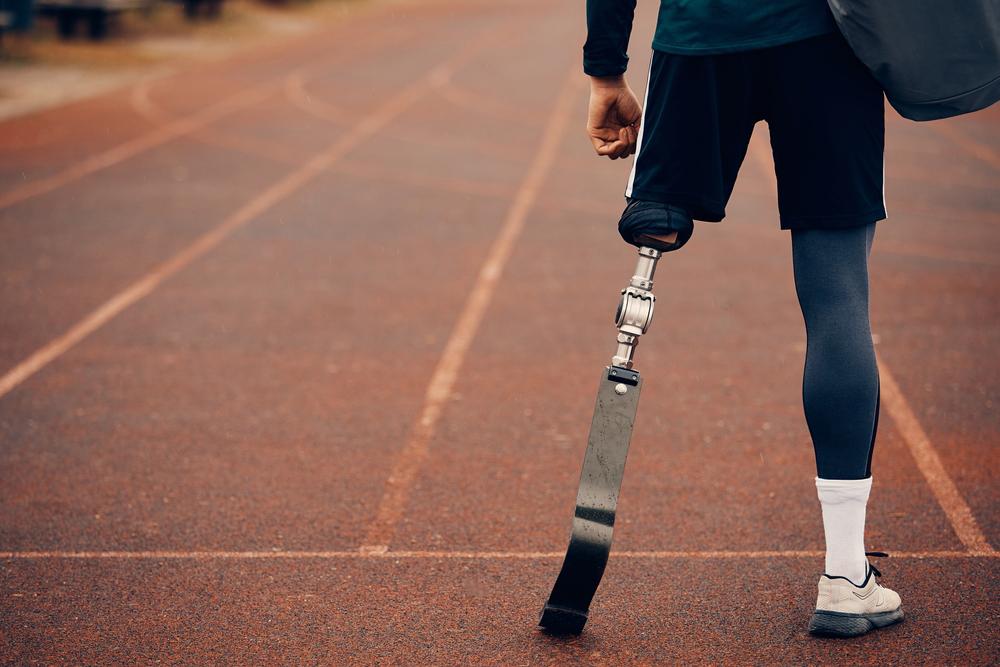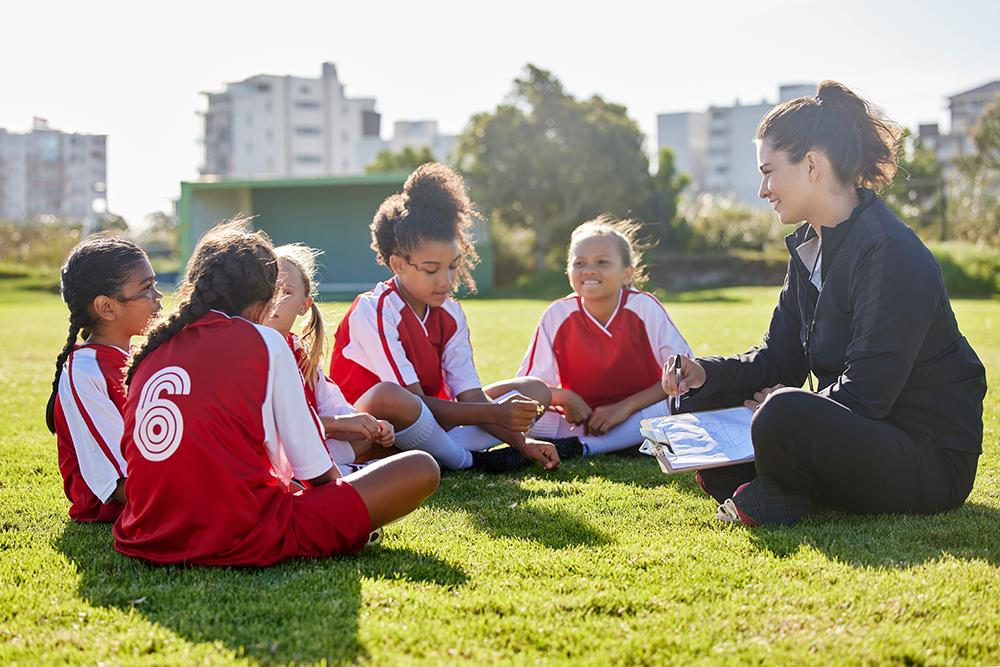Oftentimes sports administrators or parents or coaches are left dealing with conflict. And the thing with sports is that they’re inherently win, lose. Generally, teams wins and teams lose. Sometimes kids make a team, or sometimes kids don’t make a team. Sometimes kids are even starters on that team and other kids don’t start. So the very nature of sports is it’s sort of a win, lose mentality. But the thing is, is that when we’re trying to manage conflict, it’s really important not to think in terms of a win, lose mentality, but to think of conflict resolution as an all win situation.
And in order to do that, it’s really important to consider the interests of everyone involved rather than just focusing on people’s position. Positions are a fixed solution to a perceived problem. So sometimes people, when they’re in conflict get really stuck on their positions or their fixed solutions to the problem. But the thing with conflict is that it doesn’t happen in isolation, it happens between people.
And what’s really important when we’re working through conflict is for people to consider one another’s interests. When I’m thinking about the concept of position to an interest in conflict, I like to use the analogy of an iceberg. So if an iceberg is the problem, oftentimes what you see when you’re trying to sort through the problem is just the tip of the iceberg, what’s above the surface of the water. And that’s the positions of the people involved. So it’s not that much information. But what’s really important is to consider what’s beneath the water, and that’s a much broader piece of the puzzle, and that’s people’s interests. And that’s, what’s really important to everyone involved.
Recently, I heard about a sports association canceling the handshake line at the end of the game. Where all the athletes have an opportunity to shake each other’s hands, the hands of the opposing coaches, as well as the officials. And my first thought was that that was sort of a positional decision, because it was really just focusing on that surface problem, rather than thinking about what’s beneath the water. What are some of the interests of those involved?
So this is sort of a longstanding tradition in many sports. And my guess is that for associations to cancel this, they’re just having a really tough time managing the conflict. In that scenario, the conflict isn’t the handshake line. My guess is that the conflict is actually what’s happening on the field between the athletes that lead to them not wanting to shake each other’s hands or were showing displays of aggression during the handshake line.
So in that situation, it would be really important for associations not to focus on the athlete positions of refusing to shake each other’s hands, but look, instead at what’s happening on the field and what leading to that sort of behavior during competition.
What I would recommend when associations and coaches and parents are in the position of having to manage conflict in these sorts of scenarios, is to look at a five step process.
So the five steps are, first of all, identify what the issue is. So sometimes that’s the hardest piece, is really looking at what is the issue. The issue here is not the handshake line. The issue is the behavior that’s happening on the field. And then considering the positions of those involved. So those are the fixed solutions. Thinking about the interest of everyone involved and what are some of the common interests. Moving to, what are all of the options that we can consider and then developing a plan.
So for coaches and administrators and families and athletes who are involved in sport, it’s really important to get away from that win, lose mentality that we so often see, and look at why you’re involved in sporting. Some of those win-win benefits that everyone gets from being involved in sports. So when we’re thinking about conflict, try and avoid the positional behaviors that sets up that win lose dynamic, and look at everyone’s interest so that we can address the bigger problem with what’s going on. We can get back to why everyone’s involved, and that’s to show respect and to foster growth and all of those great things that people get out of being involved in organized sport.



